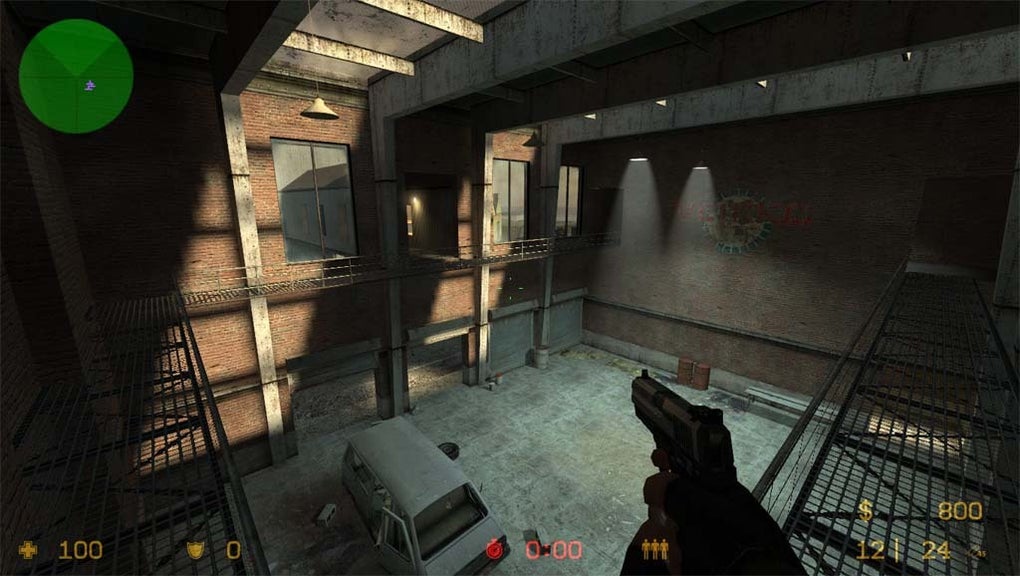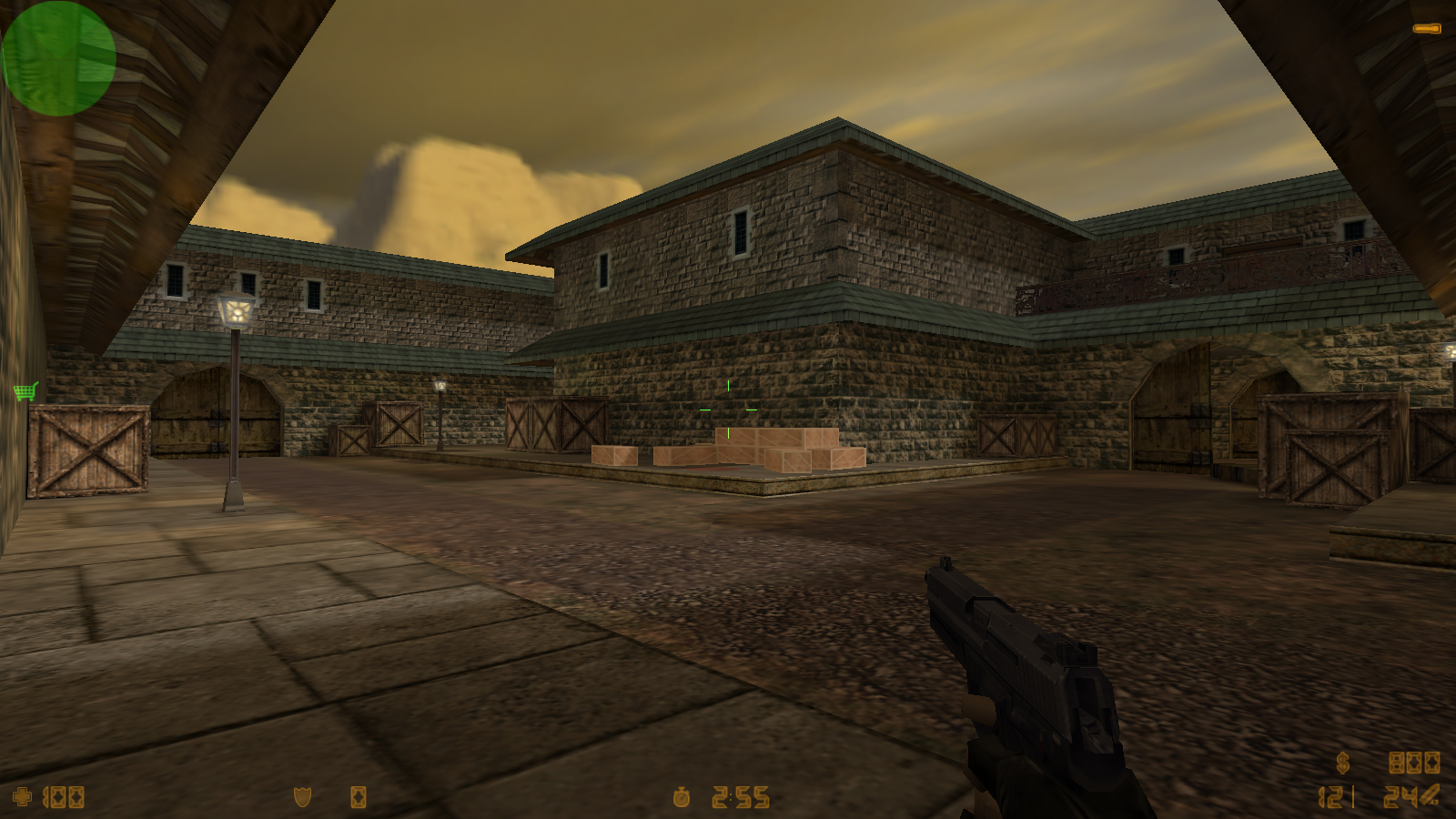


Developer tools (currently WebKit nightly builds, Google Chrome, or Firefox 23+) can parse the source map automatically and make it appear as though you're running unminified and uncombined files. When you query a certain line and column number in your generated JavaScript you can do a lookup in the source map which returns the original location. When you build for production, along with minifying and combining your JavaScript files, you generate a source map which holds information about your original files. Have you ever found yourself wishing you could keep your client-side code readable and more importantly debuggable even after you've combined and minified it, without impacting performance? Well now you can through the magic of source maps.īasically it's a way to map a combined/minified file back to an unbuilt state.


 0 kommentar(er)
0 kommentar(er)
